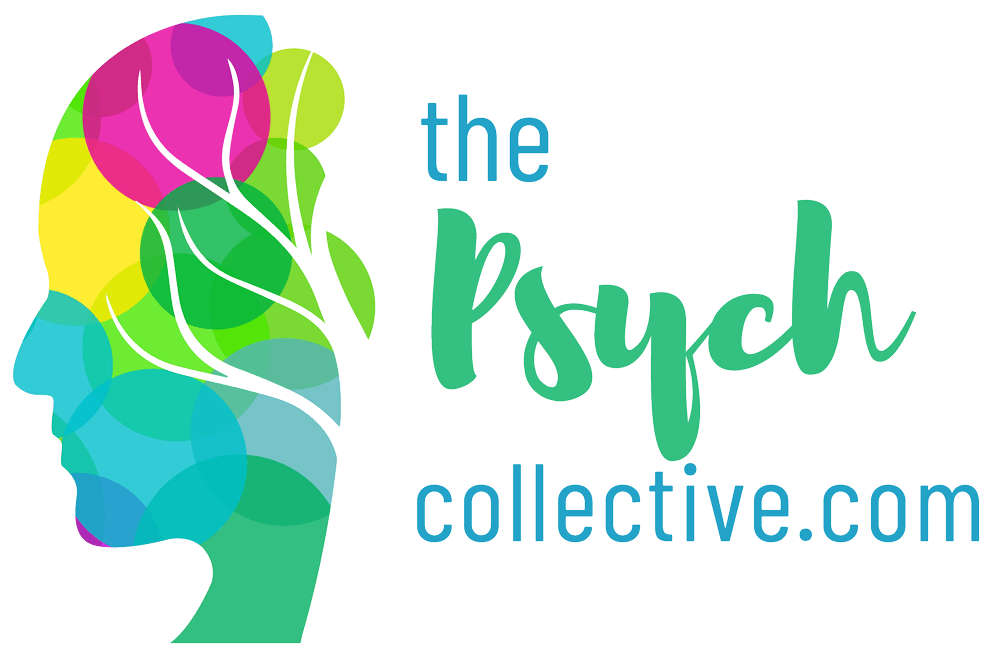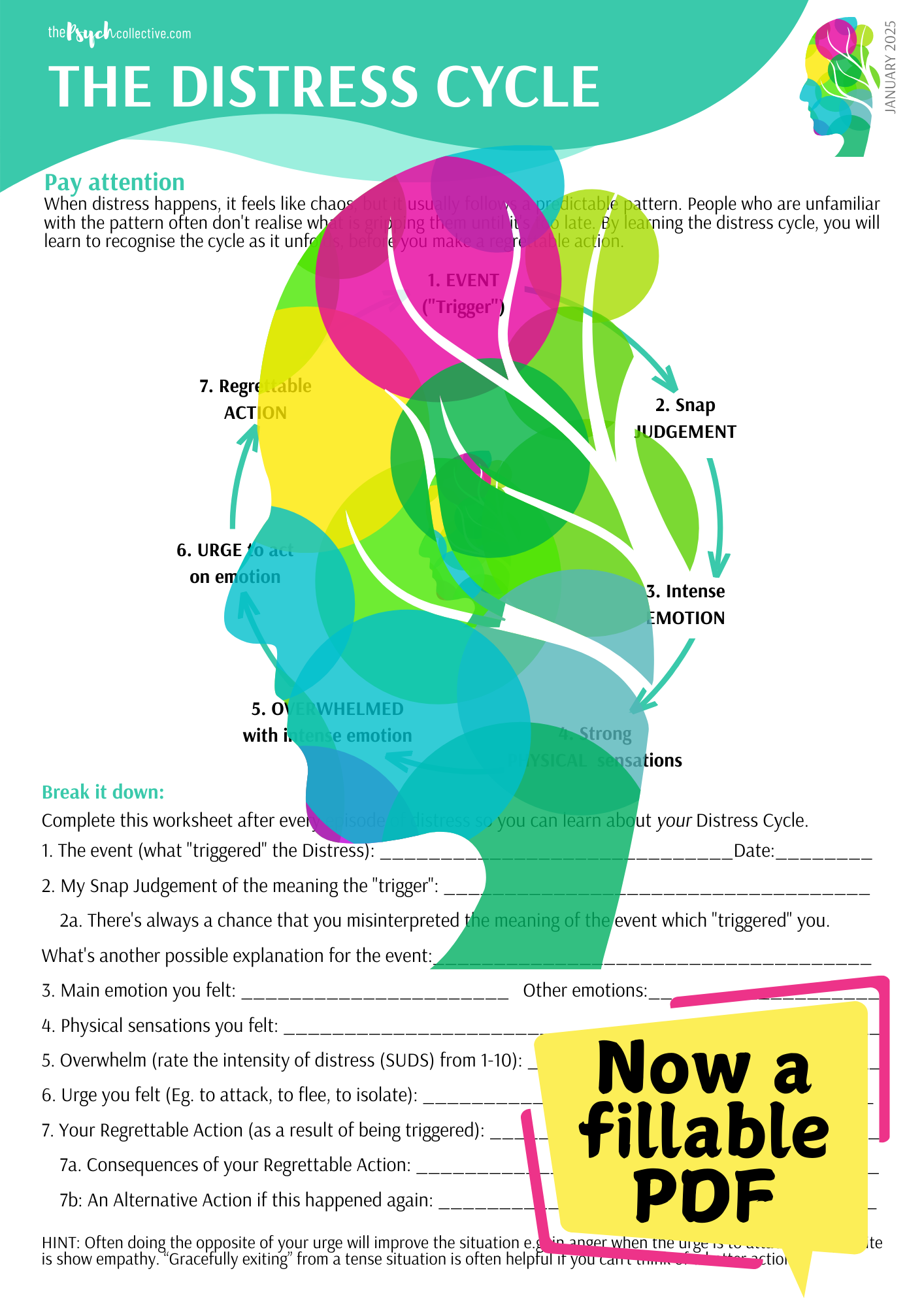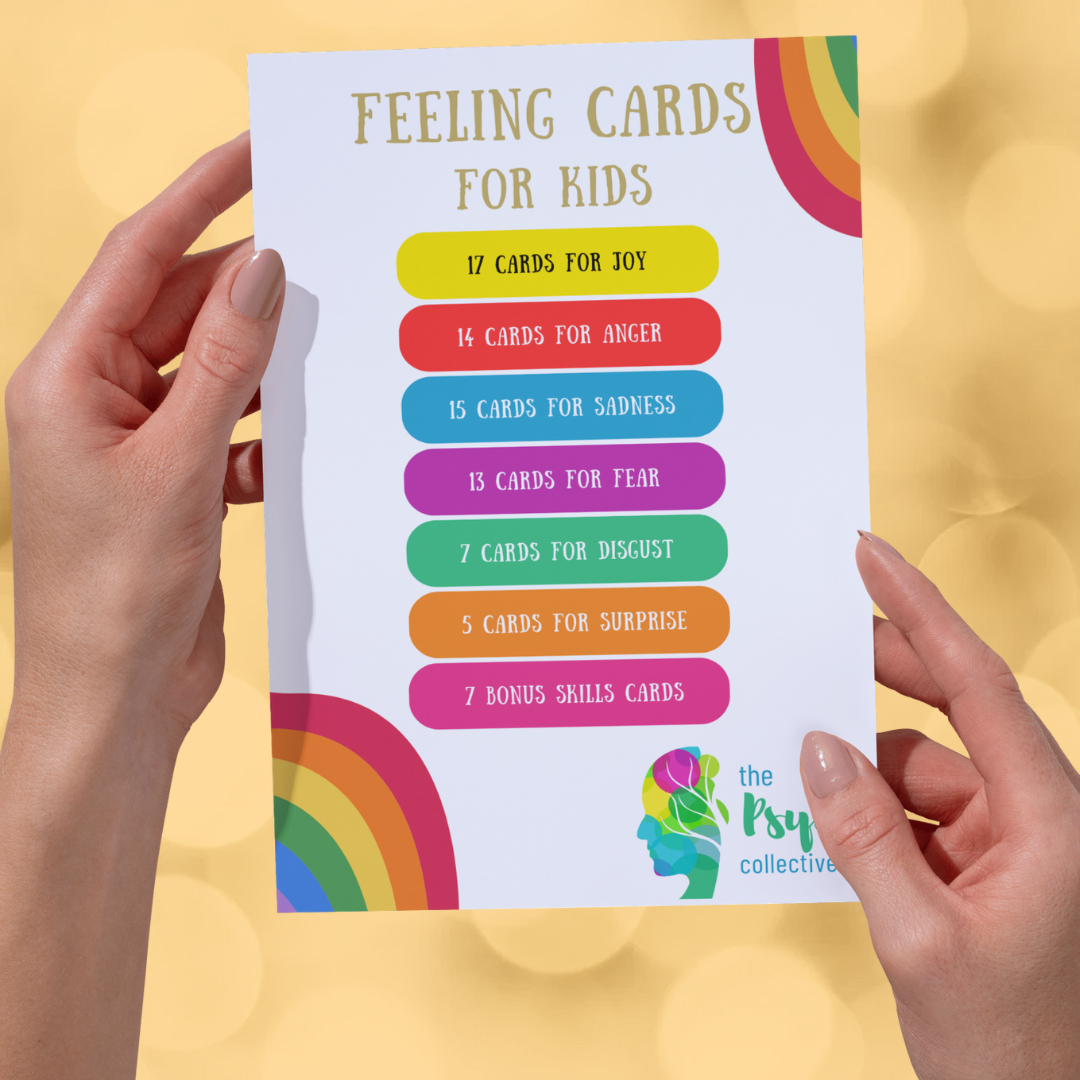Understanding the Distress Cycle
The Distress Cycle
Understanding your distress and how to manage it.
When distress hits, it can feel like complete chaos. You're overwhelmed with emotions, everything feels disordered, and it’s scary – which just adds to the distress!
At The Psych Collective, we want to help you bring order to your chaos so you don’t feel so lost and chaotic all of the time. We want you to understand what is happening as part of the process of distress because it follows the same pattern every time.
The Distress Cycle
We developed a model that we call this the Distress Cycle. This model underpins everything else that we teach about distress tolerance and using skills to prevent regrettable actions. This is a model that you should have memorised and know it so well that you could teach it to someone else.
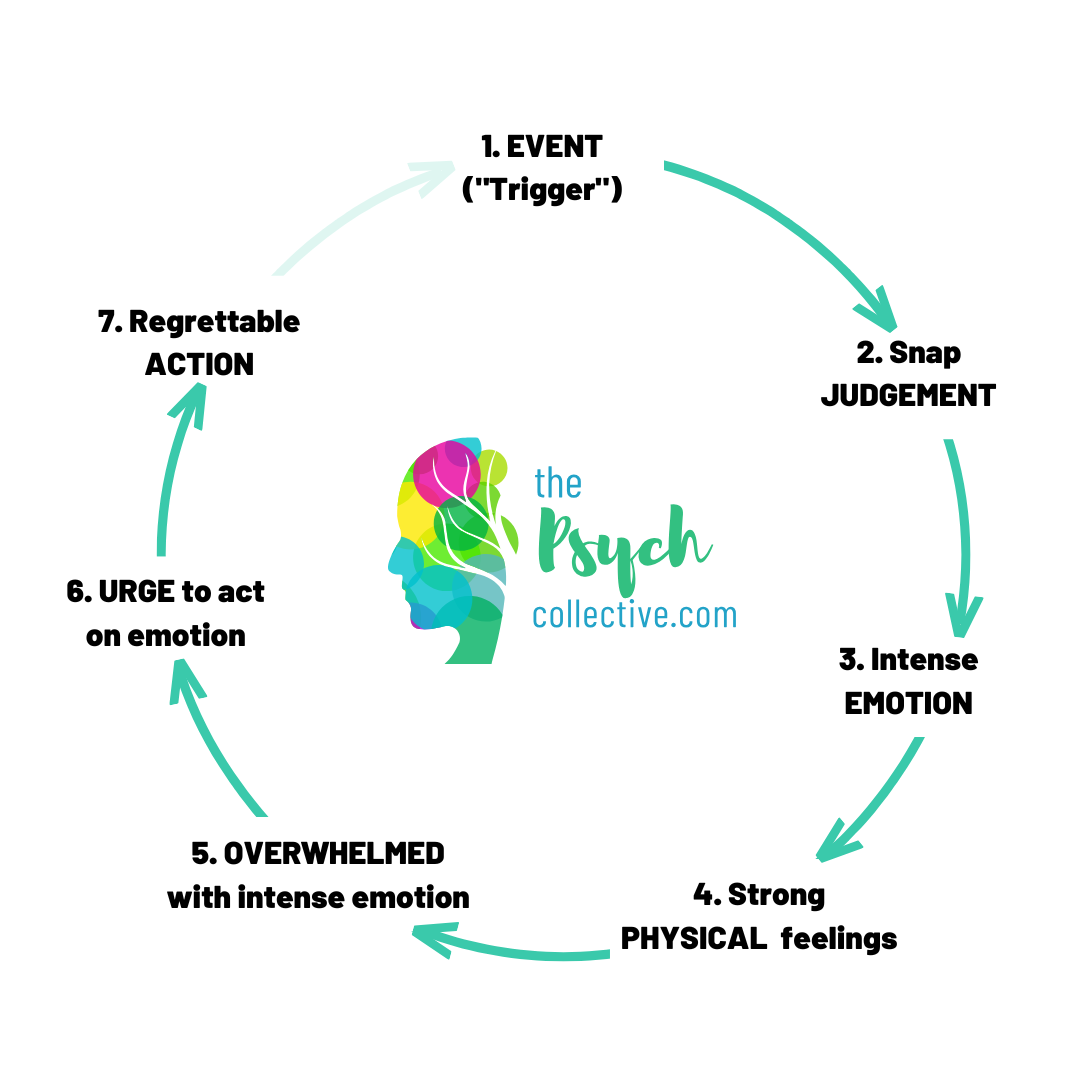
The Stages of the Distress Cycle
Here are the seven stages of the Distress Cycle:
1. The Trigger: Where Distress Starts
Distress doesn't just come out of the blue. It’s always triggered by an event.
External triggers: seeing something distressing, hearing a noise that reminds you of something bad happening, someone saying something upsetting or triggering, even smelling something upsetting. Distress can also come from being touched in a way that you don’t like.
Internal triggers: You may feel like nothing happened to cause your distress, but inside your mind you recalled a memory. Or perhaps you had a “what if something terrible happens” thought. On the outside, there is nothing to witness, but your amygdala (your brain’s panic button) will still react to threats made up within your mind.
A very common trigger is emotional invalidation – when someone dismisses, minimizes, or challenges your emotional experience. Someone might say that what you’re feeling doesn’t matter, or you are being too sensitive or that you shouldn’t be feeling how you do. It might be that they said something hurtful, or even that they didn't say something you needed to hear. Invalidation hits on a very emotional level and is a frequent trigger for distress.
2. The Snap Judgment
Once the trigger happens, we make an almost-instant interpretation – a snap judgment. This is usually a low-resolution thought: a quick, automatic assessment that often isn't very clear or conscious. From a CBT (Cognitive Behavioral Therapy) perspective, this is called an automatic thought.
You might not even notice it happening unless you practice mindfulness or have really developed your self-awareness. But even if you miss it, the next step is usually unmistakable: you get slammed with a big emotion.
3. Intense Emotion
Emotions can be triggered by little things, but for the Distress Cycle, we're mostly talking about the ones that create real distress – things that ignite strong anger, sadness, or fear. This fires off your brain’s alarm system, leading to a surge in nervous system activity and a spike in adrenaline. This then leads to a physical reaction.
When you later fill in the distress cycle worksheet, we will ask you to identify the emotion you felt and then rate the intensity of how overwhelmed you felt on a scale of 1-10. This is similar to a SUDs scale. You can read our blog about the SUDs scale here.
4. Strong Physical Feelings
That's when you start experiencing physical symptoms – your fight-flight response might kick in. You might feel hot, tense, clench your fists or jaw, or notice your heart pounding. Breathing changes are incredibly common but often go unnoticed.
Sometimes people are not in tune with their bodies, so they may not be aware of their physical reactions, particularly the more subtle ones.
5. Feeling Overwhelmed
If you don’t find a way to exit the cycle before here, things ramp up fast. The intensity of the emotions increase and we begin to feel overwhelmed.
What started as anger becomes rage.
Sadness deepens into despair.
Fear can turn into terror.
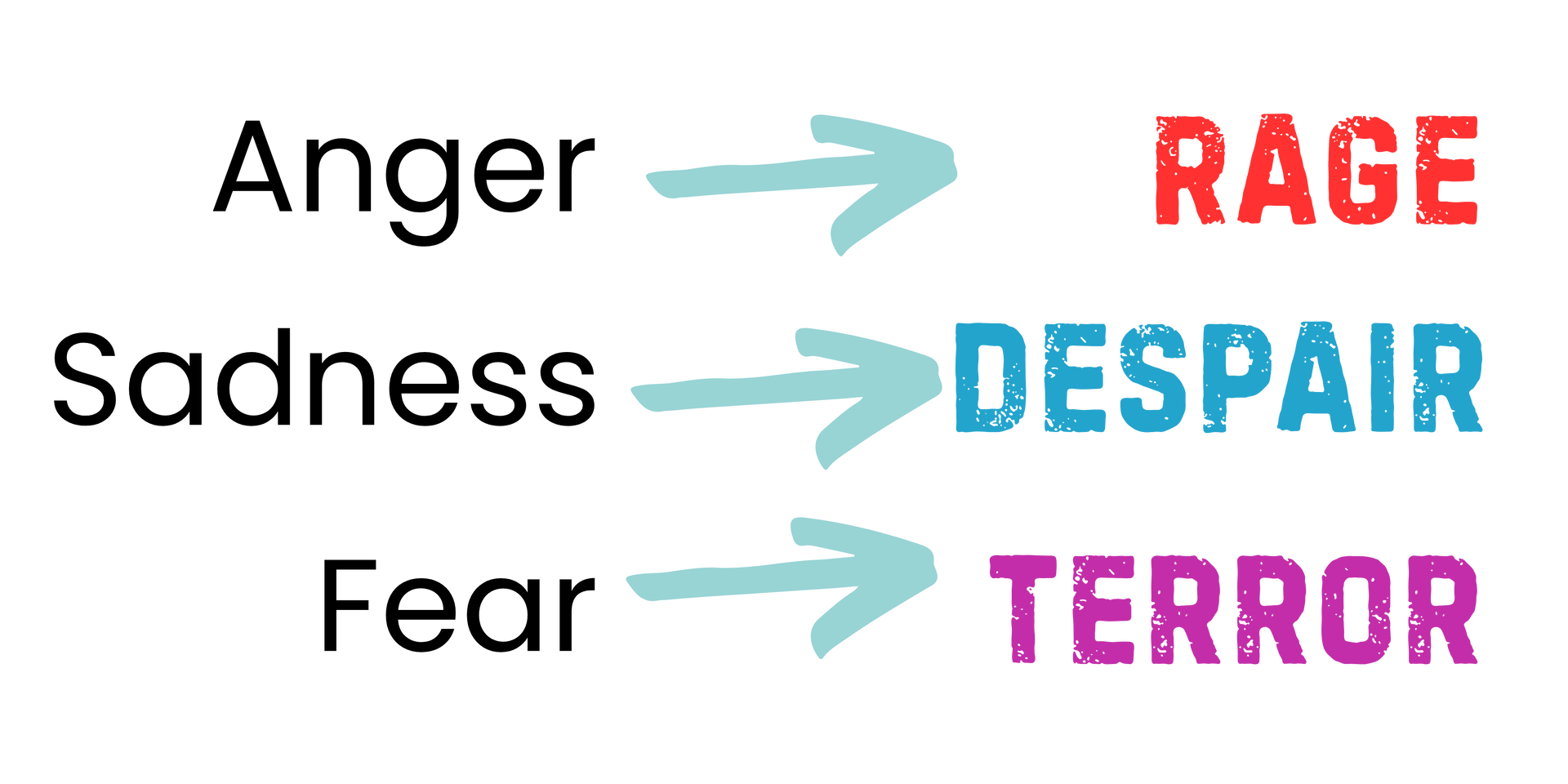
At this point, there's usually a cognitive appraisal – a thought like "I can't handle this" or "This is too much." And that thought intensifies distress even further.

The more overwhelmed you feel, the more aroused your system becomes, producing even more adrenaline and pushing you deeper into distress.
6. The Urge to Act
Next, a strong urge to act appears. Every primary emotion has an action urge attached:
- Anger urges you to defend or attack.
- Sadness ideally motivates connection, but often, if you’ve had bad experiences, it pushes you to isolate.
- Fear urges you to flee.
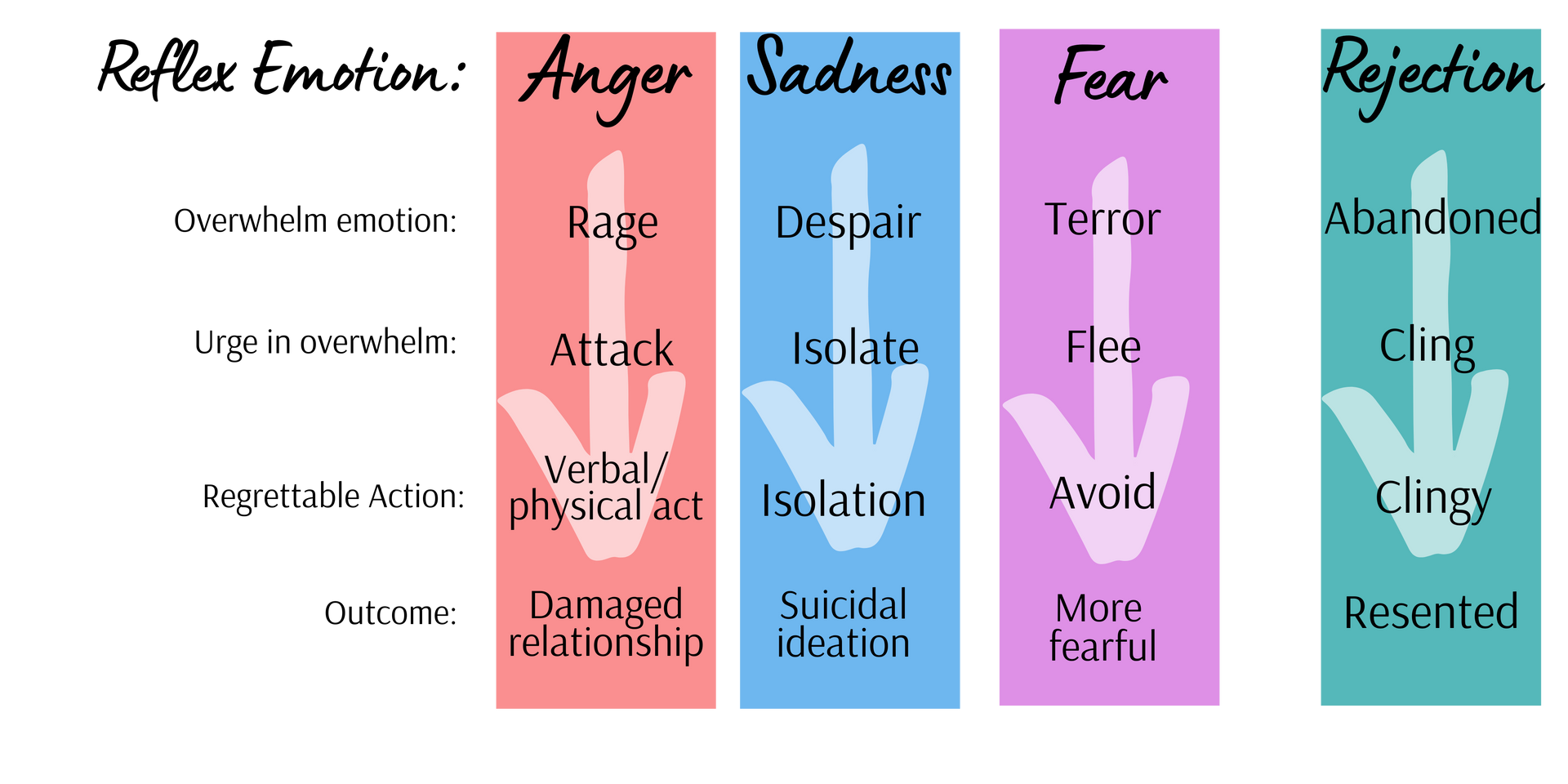
This urge feels compelling – it’s your mind’s way of trying to discharge the overwhelming emotional energy. And if you engage in these urges, it often leads to something regrettable.
7. Regrettable Actions
If you act on the urge – lashing out, fleeing, isolating, using substances, sending that angry text – you often find yourself doing something you later regret. These problem behaviours tend to have real consequences.
There are some situations where it is not a regrettable action. If the trigger is that someone is attacking you and the snap judgement is “oh my goodness, I have to get away”, then fleeing is the appropriate thing to do. So there is no regrettable action.
So when we use this model with patients who experience frequent episodes of distress who often experience negative consequences from the way that they try to handle their distress.
We ask them to fill in the worksheet (below) about the times when they engaged in a regrettable action so we can plan for more skilful ways to handle their distress the next time.
What we could consider regrettable actions (or call problem behaviours if we’re doing DBT) include:
- Self harm
- Over-reliance on medication or drugs or alcohol to take the distress away,
- Firing off that angry text to someone
- Binge eating
- Online spending or gambling
Importantly, the consequences of a regrettable action can become the next trigger in your distress cycle.
For example, if you verbally attack your partner in a moment of rage, you may later be overwhelmed with sadness, guilt, or fear about the damage you've done – and that becomes your next trigger.
Breaking the Cycle
If you get to the urge to act and then choose to do something skilful - Congratulations! You have exited the cycle of distress before you engaged in a regrettable action, which is the first goal for this model.
So if you want to get better at exiting the cycle before you make some bad choices, then you will need to start by filling in the Distress Cycle worksheet for each episode of distress.
We want you to get to know your distress cycle intimately. Use our worksheet to map out:
- What triggered you
- What the snap judgment was (you might not know this at first)
- What emotions you felt
- Your physical sensations
- How intense the overwhelm was (rate it from 1–10)
- What the urge was
- Whether there was a regrettable action
Write it out. Practice explaining it to yourself or someone you trust. The clearer you are on your own cycle, the better your chances of catching yourself earlier next time.
Every episode of distress is an opportunity to learn and become more skilful. Over time, you’ll start to spot patterns – the snap judgments, the schemas (like fear of abandonment or vulnerability to harm) that drive your distress.
For this skill to be really effective, you will need to fill in the worksheet 30-50 times. Then take your worksheets to your psychologist or mental health practitioner and get some help to look for patterns and plan alternative actions.
We have this in a fillable PDF that you can download for free, so you can use the worksheet again and again.
The Distress Cycle Worksheet
Understanding your distress and how to manage it.
This worksheet accompanies Dr Al's talk on the distress cycle. Use it to get a better understanding of the process of distress so you can do something about it before you become overwhelmed.
Download the handout from our
Resources page. It's free!
Real-Life Examples
Want to hear some examples of the Distress Cycle in practise?
Watch the video below as Jess and Dr Al explain the cycle and give some examples of how to apply this model to your experience of distress.
The Distress Cycle with DBT skills.
Putting the two together.
If you have done any DBT therapy, then this video will explain which skills to use at each stage of the distress cycle.
Share
Categories
About Our Resources
We offer actionable resources and teach real skills to help people make meaningful change in managing mental health issues through different modes depending on people's learning preferences including infographics, text, worksheets, handouts and video.
